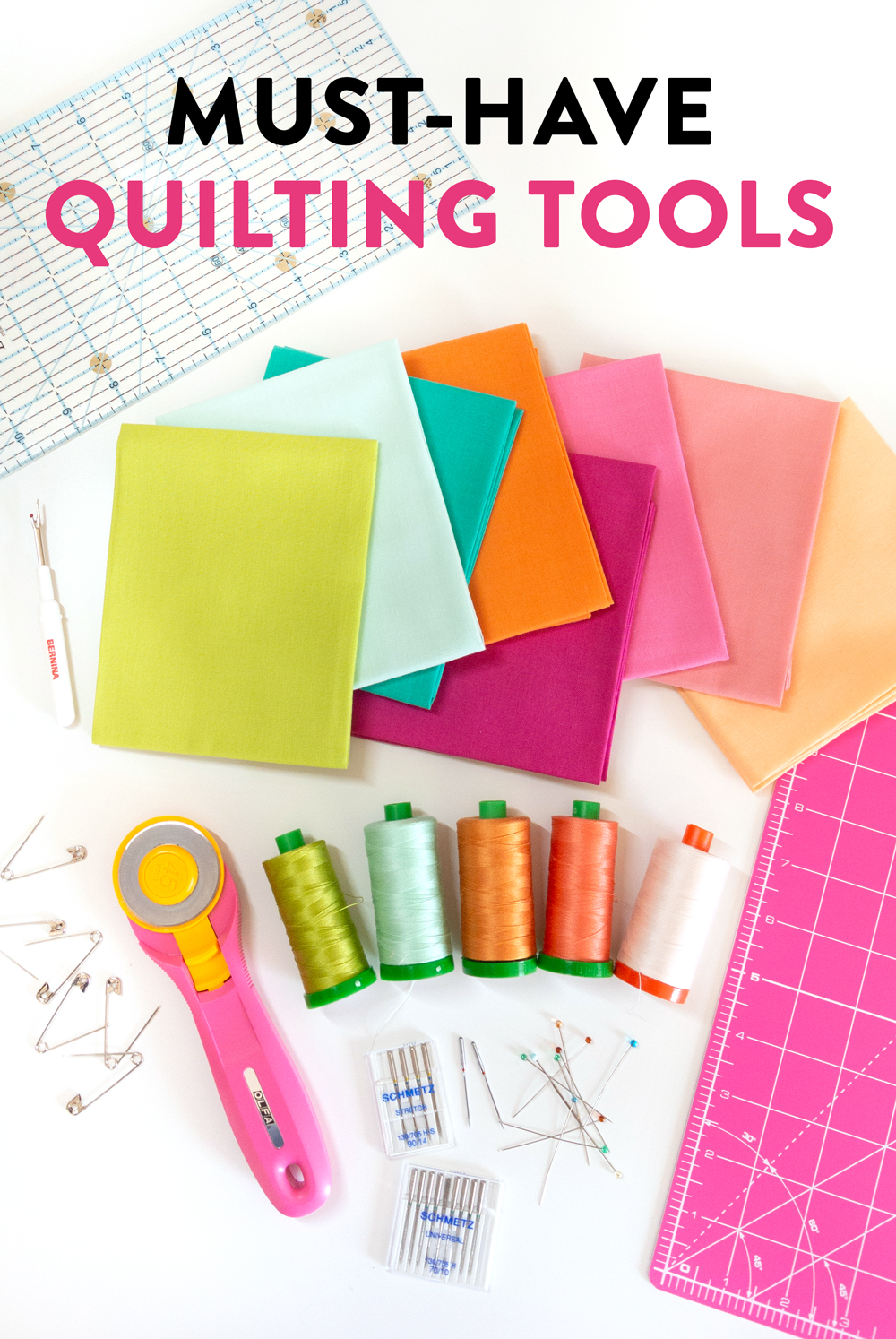
This pattern is great for large geometric patterns. However, it can be challenging to work with if you need to create irregular shapes. You will need to carry one strand of yarn over several stitches. This means you won't be able to wrap it tightly or you'll get a puckered fabric. Wrap it loosely around any knitting needle, and then trim it at each end.
Colorwork technique
Intarsia knitting uses multiple colors and strands. The first row of stitch is made in one colour, while the second row is made with the other. After this row is complete, weave the ends of both yarns together. You can leave some tails to weave in the ends if you are working with more than one color.
You must ensure that the colors used for knitting intarsia are compatible. You must work on both sides of the project to avoid holes. This will stop puckering that can cause holes in your knitting projects.

Charts
A lot of knitting patterns intarsia include a chart that shows how to use the pattern. The chart shows the visual representation of the written patterns, with each square representing one knit stitch. Each knit stitch is color coded so that you can work with the right color at the right time. It may be helpful to add numbers to the chart if you are working with more colors than one.
There are usually two types of knitting charts. The first style is known as classic. The second is colorwork. In this technique, contrasting colors are used to add interest to the project. There are two primary ways to use colorwork.
Body
Intarsia is a method of knitting body. You must adhere to some guidelines. The first rule is to knit even across the stitches. No matter what color you're knitting, it is important to maintain an even tension throughout your project. If you fail to do this, floats will become shorter and your finished item will appear puckered. Also, if you fail to cross the yarn correctly, it will result in a ladder-like border that separates color changes.
Intarsia is a kind of colorwork knitting. It is best knitted flat, as the pattern is simpler to work on a flat surface. Move the main color to one side and move it to another. Once you have the color placement, you can start knitting the sweater.

Plastic bobbins
You can use small amounts to wind yarn intarsia using plastic bobbins. They can either be purchased from a yarn store or made at home. To make bobbins wind a little yarn onto two fingers of your hands and tie the ends in the middle.
For intarsia knit, you can use plastic bobbins. These bobbins make the process of intarsia knitting more convenient. The bobbins are easy to use to pull out yarn and make it straighter. These bobbins are great if you have difficulty handling yarn.
FAQ
What does a hobby really cost?
It costs nothing to start a hobby. But it could take years to achieve what you want if you are serious about it.
One thing can help you. It's called passion'. Passion will help you put in the effort to succeed.
After you've put in hours, you might become addicted. This is where the real fun begins. You are now doing something that you love and getting better every day. This will mean that you will have likely made significant improvements by the end.
Don't be too concerned about how long it takes. Give it a shot. You might be surprised at the results!
What are observation hobbies exactly?
Observation hobbies are activities where you observe people doing what they do. These hobbies could include reading books, watching sports, or going on vacation. It could also involve observing others.
It's great to have observation hobbies because it helps you think creatively. You can use this knowledge later when you're working on projects for yourself or others.
If you are passionate about something, you will find it easier to learn about it.
For instance, if football is something you are interested to know about, you can watch the game or read a book. If you want to learn more about photography, you could take or visit exhibitions.
If you enjoy playing music, you could play along to songs online or buy a guitar.
You can cook your own meals, or you could go to a restaurant.
If gardening is your passion, you can grow vegetables and flowers.
You could take a class or go out dancing with your friends if you enjoy dancing.
You can paint pictures if your passion is painting.
If you like writing, you could write stories or poems.
If you like drawing, you could draw pictures.
If you are passionate about animals, you can look after them or work at the zoo.
If science interests you, you can study biology, chemistry or physics.
You can read books, listen to podcasts, or watch films if history interests you.
If you enjoy traveling, you can travel around the world or just explore your own area.
What are some enjoyable hobbies for seniors
Senior citizens should enjoy engaging in fun activities. Senior citizens should be active and participate in other activities.
They may wish to join clubs, where they can find others who have similar interests. They'll be less lonely as they get older.
Seniors should also keep up with the latest trends. For example they could keep up to date with fashion, art music, literature, politics, and so forth.
What are educational hobbies, you ask?
A hobby that teaches you something is called an educational hobby. You could choose to learn how to play an instrument or play sports.
It should be enjoyable and have fun. It doesn't have to be done all the time. However, if you get bored of it, you should think about other things you can do instead.
These activities can also be costly so make sure you don't spend too much.
Is it possible that you can make a lot of money from your hobby?
Not necessarily.
However, if you're interested in creating a business based on your hobby, then you could definitely end up being wealthy.
Let's say, for instance, you are a passionate cook. You love to eat healthy food, so you decided to open up a restaurant.
You serve only organic meals made from scratch and charge customers a small fee to cover the costs of ingredients and labor.
You grow your clientele and eventually you hire employees who can work with you.
Soon, your menu will include gluten-free and vegan options as well as desserts.
In this situation, you have a successful business which has allowed you the freedom to lead the lifestyle that you want.
But, it doesn't mean your day job must be abandoned.
You could, instead, run your restaurant while also maintaining your regular 9-5 work schedule.
Statistics
- Studies show that just six minutes of reading can reduce stress levels by 60 percent. (oberlo.com)
- 37% Video Games 36% Travel 36% Health and Fitness (quizexpo.com)
- A new survey by Pew Research Center of teens ages 13 to 17 finds that 36% of girls feel tense or nervous about their day every day; 23% of boys say the same. (pewresearch.org)
- In comparison, men in the “no humor” condition were refused 84.6% of the time and were only accepted 15.4% of the time. (time.com)
- Almost 80% of people claim to have no hobby. (hobbylark.com)
External Links
How To
How to begin gardening
Gardening is one the oldest forms. It requires patience, persistence and determination. The first step in starting your own garden is choosing a location where you want to grow food. It could be large land, or just your backyard. Next, select the kind of plants that are most appealing to you. Do you prefer vegetables, or flowers? Some people like to grow herbs and others enjoy raising livestock, such as rabbits. Before you decide on the type of crops you want to plant, it is important to consider the space available. You might consider growing berries or fruits if you live in a cold climate.
Once you have chosen what you will be planting, you must take some time to prepare your soil. Your plants' success or failure will depend on the soil they are placed in. The soil should be rich in organic matter to provide nutrients for your plants' roots. Organic matter can include leaves, twigs and grass clippings as well as manure and compost. Once you have prepared your soil, you need to add nutrients. Depending on the type of plants you plan to grow, you may need different amounts of nitrogen, phosphorus, potassium, calcium, magnesium, boron, zinc, copper, manganese, iron, molybdenum, chlorine, sulfur, sodium, and so on. To determine these values, you can use a fertilizer calculator online. There are many fertilizers to choose from, so it is important that you are familiar with the product you are using.
After you have prepared your soil, and added the correct nutrients, you will need to wait until your seed germinates. The process takes between 2 weeks and 3 months depending upon the climate in your area. Once your seeds have sprouted, you need to water them regularly. Overwatering your plants can lead to problems. You should ensure that your plants get enough water at regular intervals. Avoid overwatering. Overwatering could lead to root rot as well as fungal diseases. Keep in mind that plants are more thirsty during summer than winter. Also, remember that certain plants need to dry out after watered. For example, tomatoes need to stay slightly moist but not wet. Soggy soil is not good for them. After the plants have finished flowering they must go dormant. Plants go dormant when they stop producing new growth and instead store energy for next year's harvest. Dormancy occurs when the plant stops sending signals that tell its roots to produce food. Throughout this period, the plant stores energy. If temperatures fall below freezing or the plants are not getting enough sunlight, they will die.
If you live in an urban environment, you may find yourself limited in the kinds of plants that you can grow. Urban areas tend to contain concrete sidewalks, roads, buildings, and parking lots that block sunlight from reaching the ground. Concrete absorbs light which blocks sunlight from reaching the ground below. Many plants are unable to survive in urban areas due to the lack of sunlight. There are many plants that can survive in urban environments. Many perennials, trees, and shrubs are able to adapt to urban living. In addition, many annuals can be grown indoors in containers. You can have fresh greenery all year round with container gardens.
You're now ready to plant after you have chosen where and what to grow in your garden.